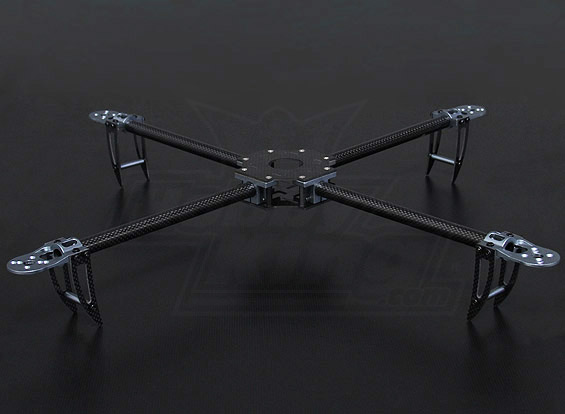Quadcoper project rebooted
A year ago tomorrow, I wrote about building an AeroQuad open source quadcopter.
At that time, I had ordered the electronics for the flight controller:
- An Arduino Mega 2560
- AeroQuad v2.1 Shield and other accessories from AeroQuad
but I left it at that and didn’t actually build anything. I won’t go into the reasons why, I just didn’t.
But! That doesn’t mean that I haven’t been thinking about the project in the mean time. I have been studying the do’s and don’ts of building a quad, reading about motors, ESCs, LiPo batteries, propellors, currents, temperatures, frame characteristics and lots of other complexities. I also tried to get an idea of what flying a quadcopter is all about.
As a matter of fact, I purchased a really small and cheap toy quad from DX a while ago, that has been a lot of fun and it taught me the basics of how to fly a quadcopter. Last weekend, I got to fly a Parrot AR Drone with an onboard camera, and that got me excited enough to reboot the AeroQuad project!
So last night, I sat down to take a last long hard look at all the components I had considered before, and placed a big order with Hobbyking. These are the components I ordered. All prices in US$.
- 4x Turnigy 2217 16turn 1050kv 23A Outrunner; $16.60 each, makes $66.40
- 4x TURNIGY Plush 30amp Speed Controller; $12.19 each, makes $48.76
- 2x ZIPPY Flightmax 4000mAh 3S1P 20C LiPo battery; $19.99 each, makes $39.98
- 1x Turnigy Talon Quadcopter (V2.0) Carbon Fiber Frame; $66.29
- 1x Turnigy Accucel-6 50W 6A Balancer/Charger w/ accessories; $22.99
- 2x 10×4.5 SF Props 2pc Standard Rotation/2 pc RH Rotation (black); $3.14 each, makes $6.28
- 2x 10X6 Propellers (Standard and Counter Rotating) (6pc); $3.48 each, makes $6.96
So that amounts to a total of US$ 257.66, excluding an outrageous amount of US$ 35.80 for shipping. That brings the total investment so far up to US$ 484,94. Damn, this better become one hell of a flying machine 😉 And I still need to buy a 2.4 GHz transmitter/receiver, too…
I bought two different kinds of props: two sets of 10×4.5 SF props and three sets of 10×6 props. These give different amounts of thrust and flying time, but also a difference in handling and stability of the quad. I’ll have to experiment with those.
One of the high-impact decisions I made, both in terms of cost (probably) and in complexity of the build, is to buy a ready-made frame. I chose Hobbyking’s own Turnigy Talon Quadcopter (V2.0) Carbon Fiber Frame, and it looks like this:

Of course it still going to take some time and effort to get everything mounted on there, but at least I can be sure that the frame is well-balanced and light, yet very strong. The frame only weighs 280 grams, and hopefully this will allow me to keep the total weight of the quad, including motors and battery, around 1 kg. If my (or rather: eCalc’s ;-)) calculations are correct, the quad will be able to carry a payload of at least another 1 kg, which should be plenty for a camera of any sort, and leaves room for more accessories.
Now I’ll have to wait for all the parts to arrive, and then the building can begin. More later!
Next: AeroQuad Build, part 1